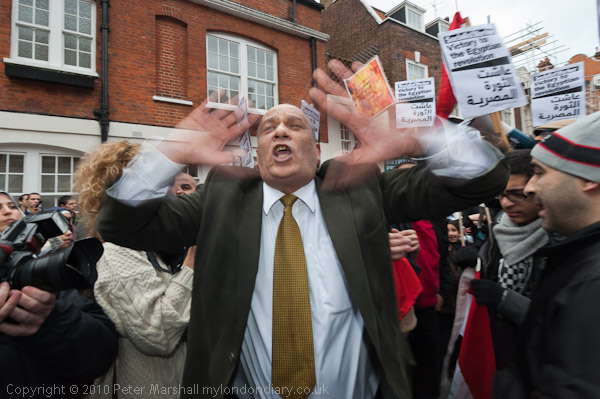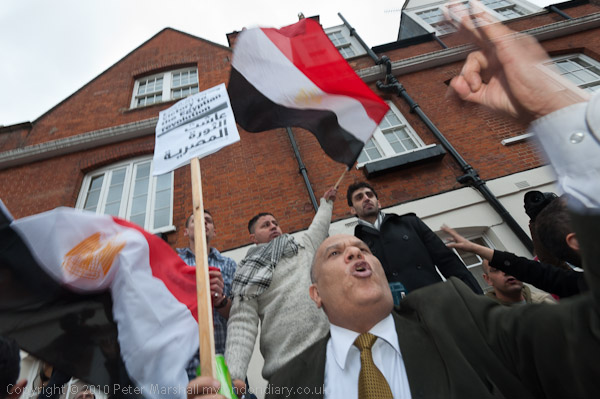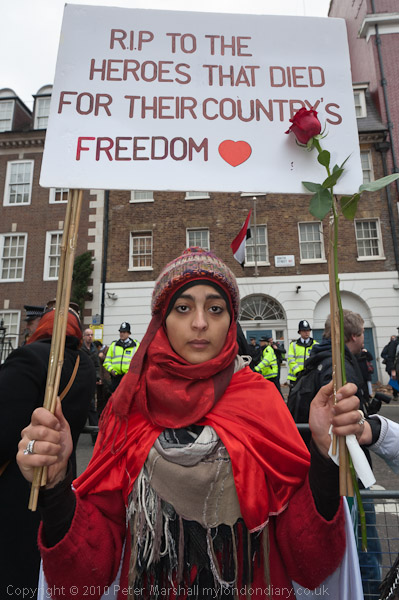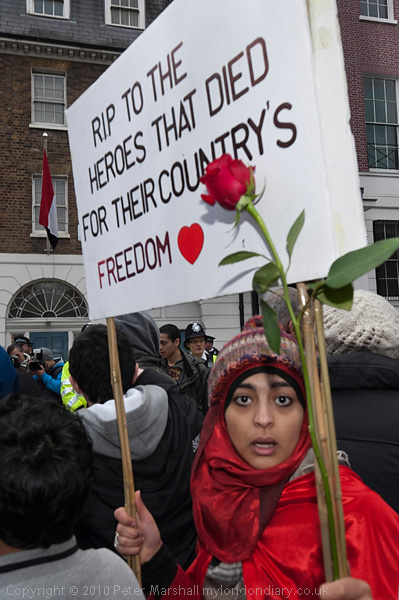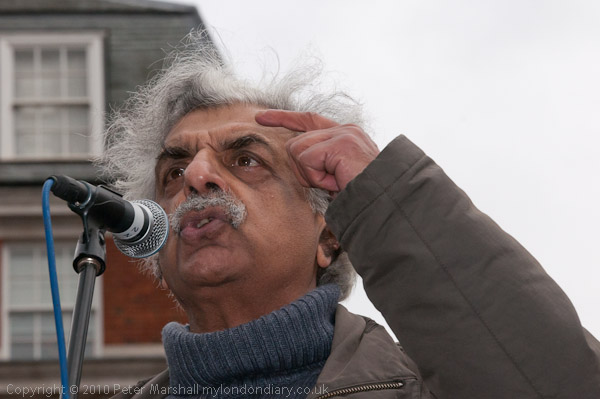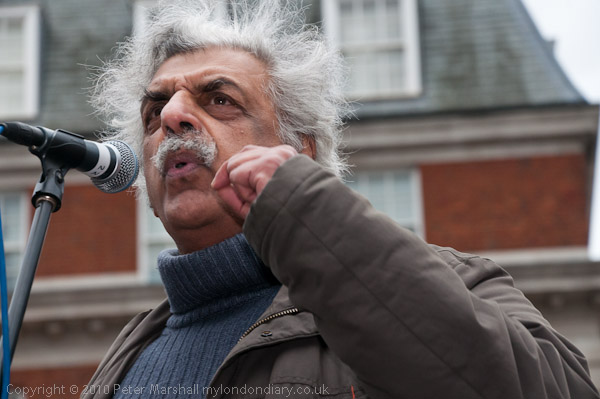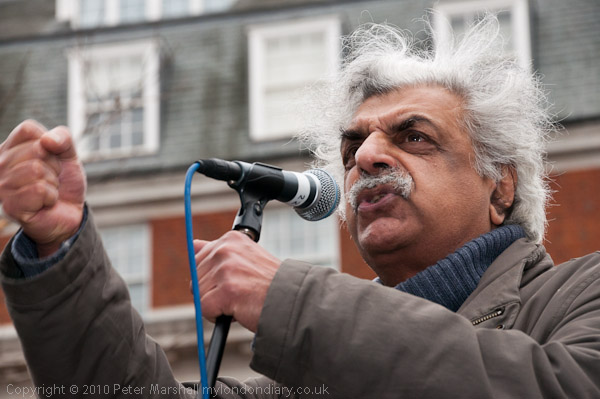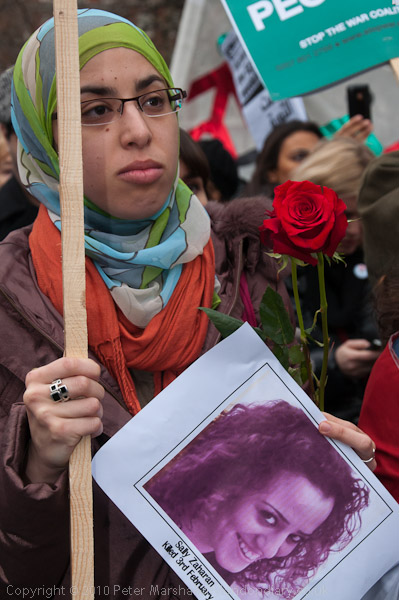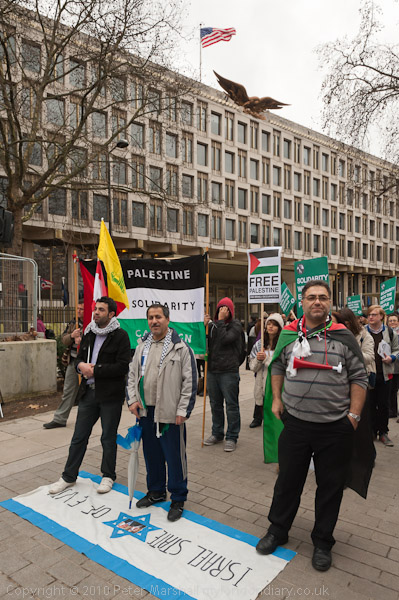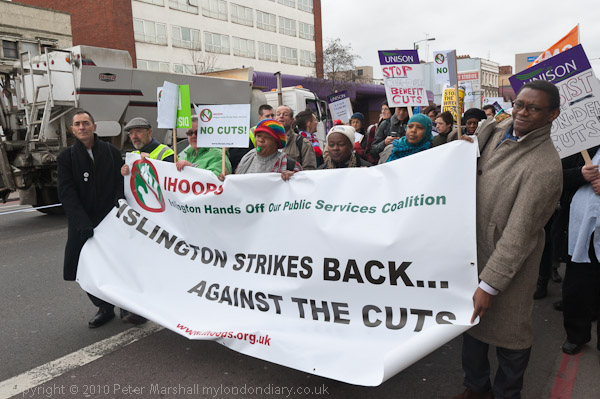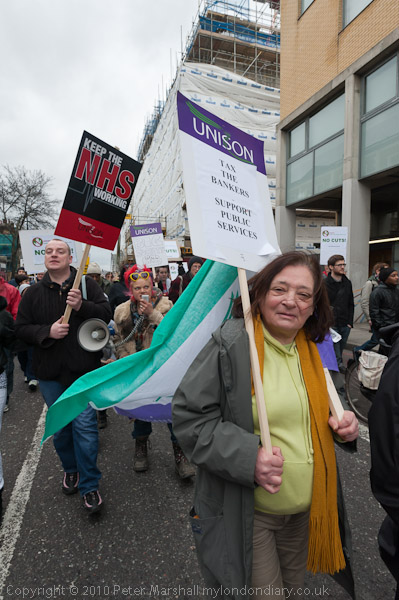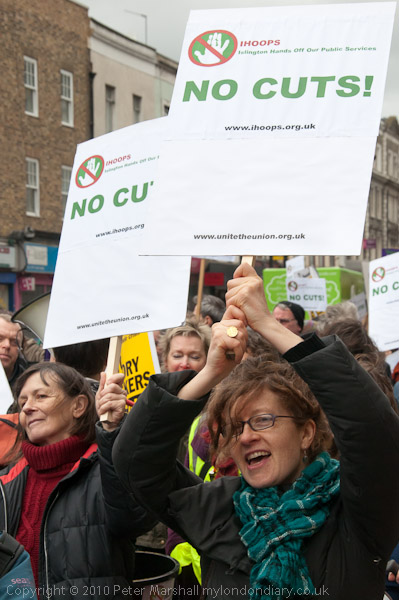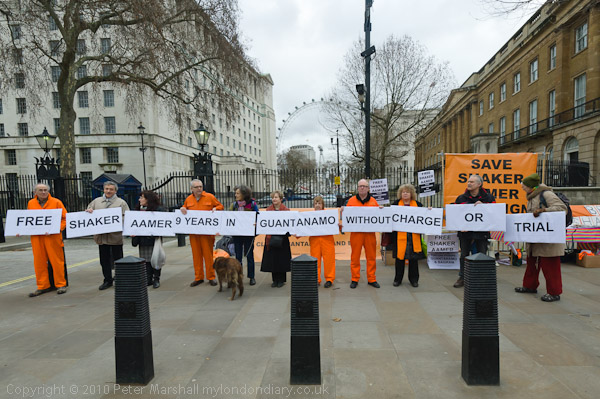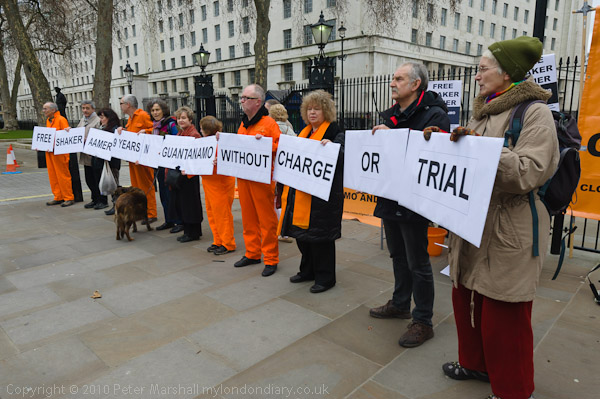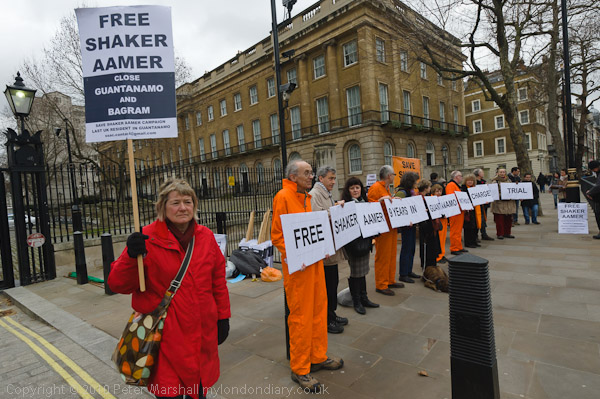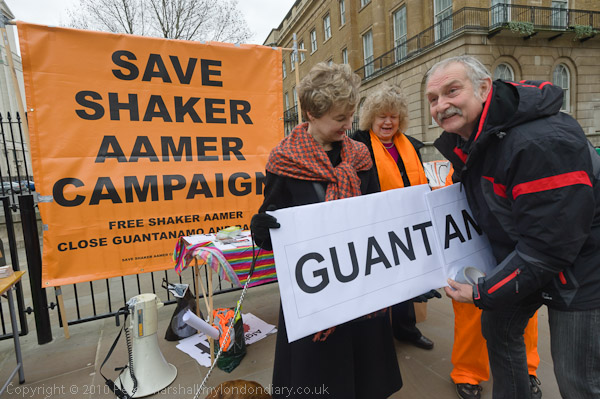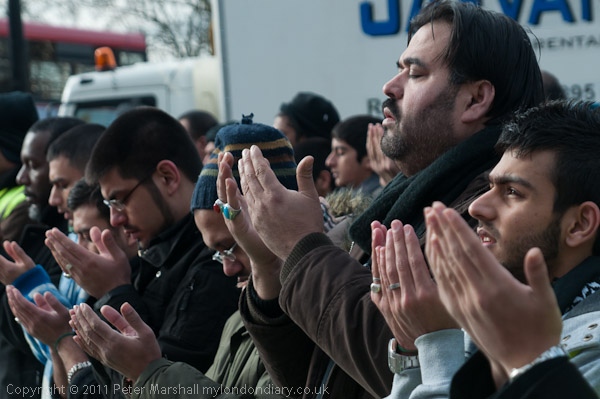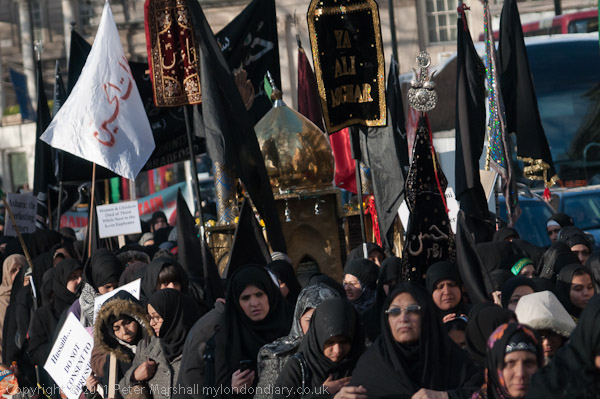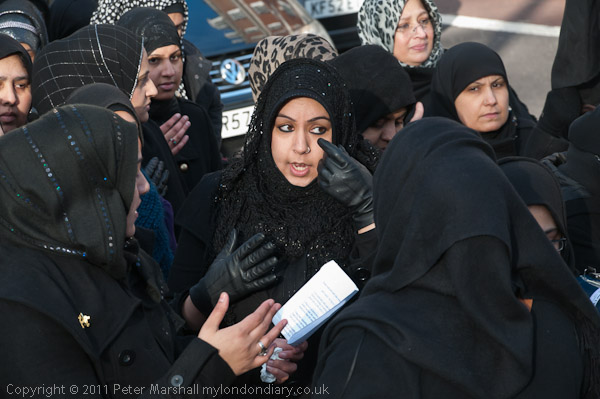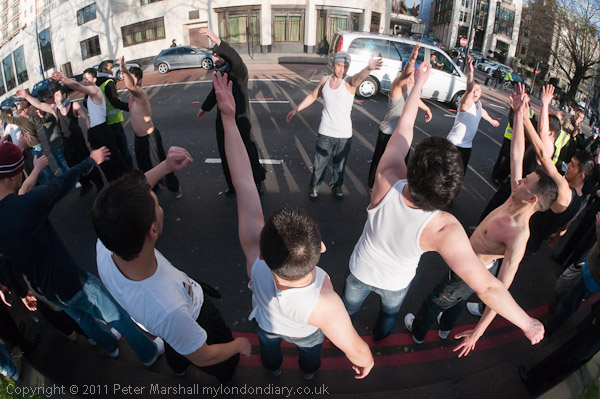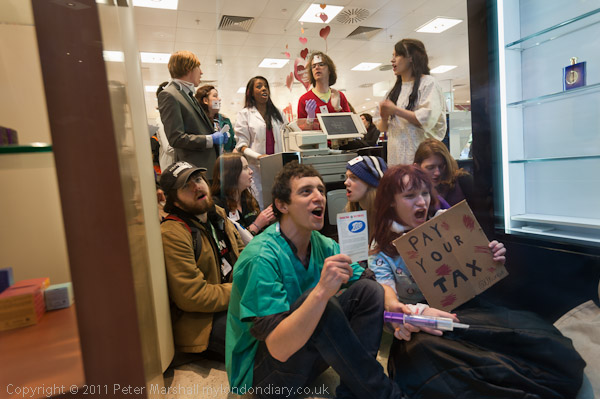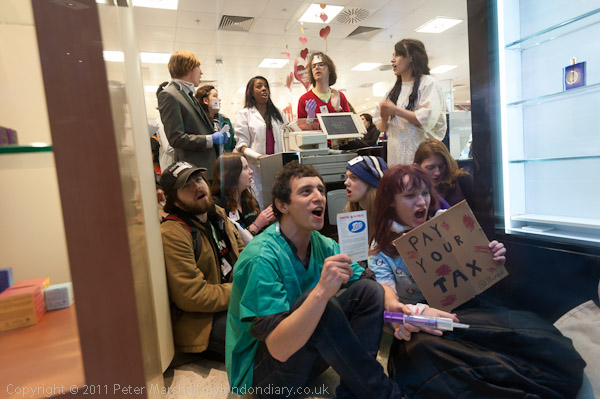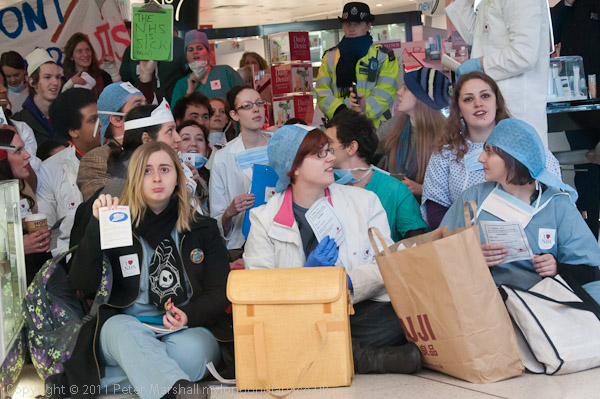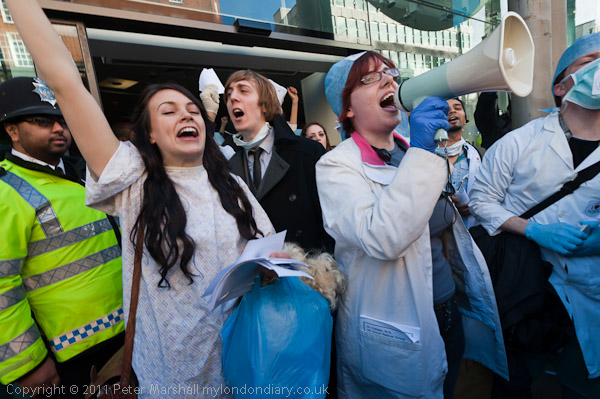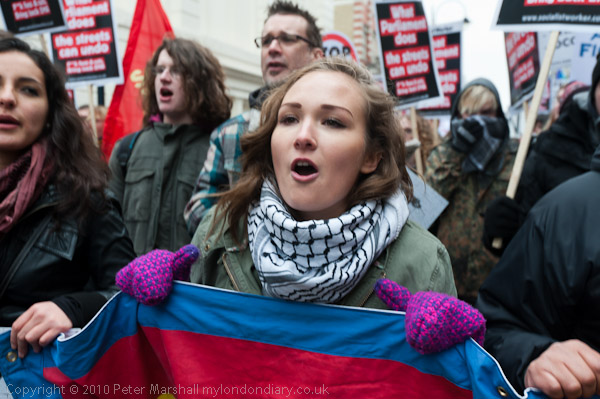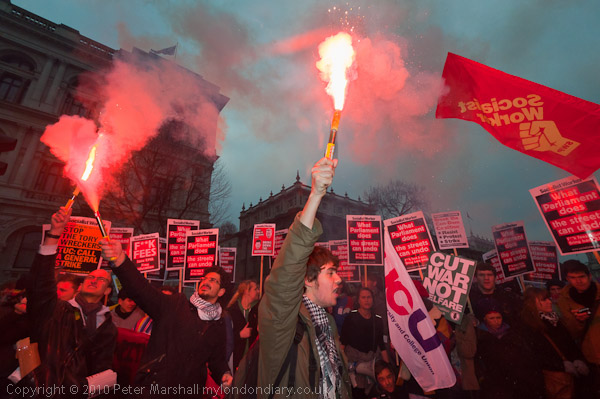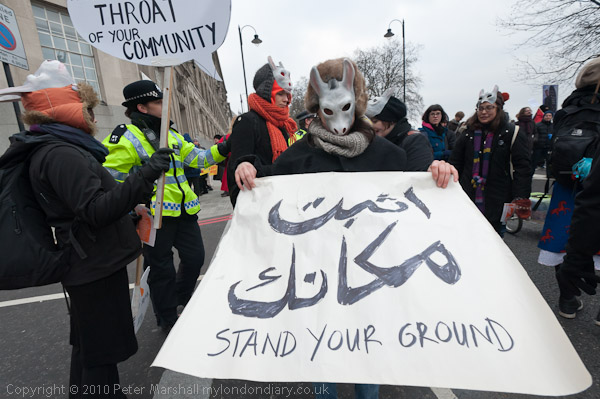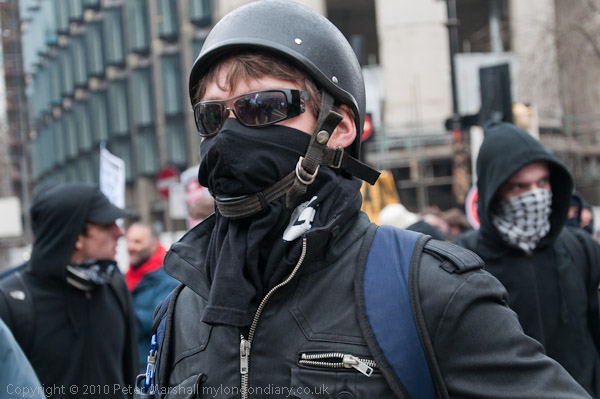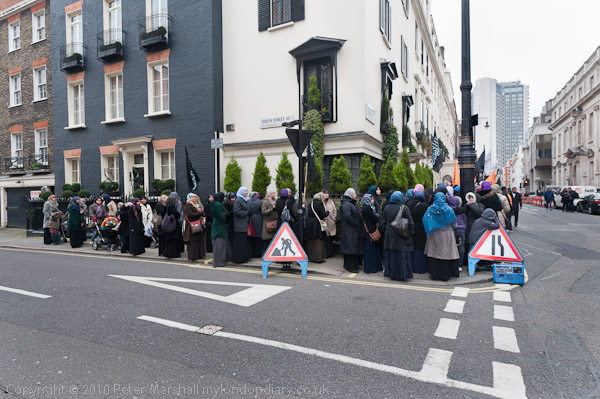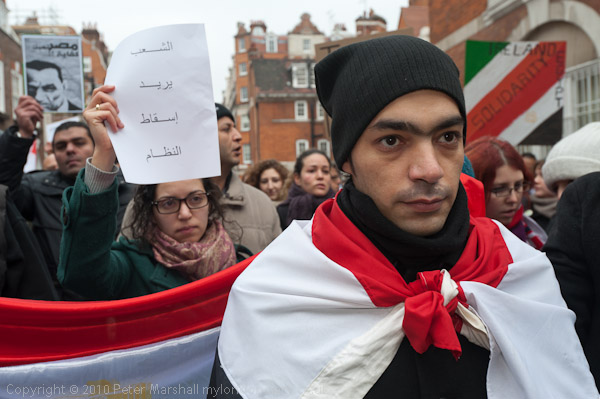The advice to prospective students given in the Russell Group’s booklet Informed Choices which came out last week is of course a clear and excellent guide to making sensible decisions for those who want to study at one of Britain’s most prestigious 21 universities, and it naturally reflects their particular view of Higher Education – which is also reflected in the government’s funding of UK education.
Perhaps because I have a couple of degrees from one of them and spent around 30 years teaching in secondary and further education I don’t have a particularly high opinion of our education system as a whole, and particularly not of certain aspects of our higher education system. Of course I have a great admiration and respect for many who work in them – and certainly parts of the system are only kept running by a great deal of largely selfless dedication, particularly by the classroom teachers, despite a great campaign largely orchestrated by OFSTED to denigrate them over the years.
I started my teaching career as a science teacher, and science subjects rank highly for the Russell Group, hard, ‘facilitating’ subjects that will get you onto their courses, along with others that involve writing lots of essays (our education system still seems largely geared to produce civil servants.) One thing that characterises all these ‘hard’ subjects is that they reward the student who can summarise and regurgitate a large body of information and theories – and that they all discourage any original thinking and experiment.
This is actually a very successful strategy for a small minority of those who go on to study at university and finally perhaps get to do some truly original work, usually now well after their second or third degree, but I think fairly disastrous or at best stultifying in terms of personal development for the great majority who take these courses.
One of the more disappointing aspects of the education system for me has been the increasing tendency over the years of art courses, particularly photography, to jump on that same academic treadmill, neatly characterised by one of the comments to the BJP’s feature, which read (in totality):
Outrageous
Barths
Foucault
Sontag
Lacan
All fairly soft eh?
(sic, though I’m in no position to comment on typos)
Later I went on to set up and teach several photographic courses in the school and later college where I worked, and later still taught in a part of what I think is still on the leading edge of vocational courses worldwide, the Cisco Networking Academy programme.
Down in the lower depths of the chalk face, the great liberation for me (and my students) came not by the incorporation of tedious academia (with the pointless reproduction of tedious essays) but with art and design based photography syllabi which encouraged and rewarded experimental background work and projects which allowed students to research and develop their own ideas at an appropriate level in both level 2 and level 3 courses.
Many like myself and my colleagues developed new materials and methods – some of which have since in part been published (and notably by a former colleague of mine, Mark Galer.) Our students benefited both from the exploration of their own ideas and thoughts, and also from the CSE and A level grades their work – both photographic projects and research presentations gained.
Among our students were some who had never previously passed an examination, working alongside some academic high-flyers, often out-achieving them, and most responded to our encouragement and the stimulation of following their own ideas. Photography became for a few years the most popular subject at our college and the subject in which students gained the highest average grades.
The high level of awards wasn’t a result of photography being a ‘soft’ subject, but of it being something that interested and challenged students. Challenged them intellectually in ways that many ‘hard’ subjects never do to think both for themselves and about themselves. And challenged them in a way that was apparently rare in those who went on to study photography further.
Our particular work in photography largely came to an end more than ten years ago with an increased emphasis on specialisation and the encouragement of students to concentrate on a core course leading either to university entrance or employment, very much the kind of thing that the Russell Group advice is not urging on students.
We were also hit by the changes in the curriculum, particularly from a two year A level to A1 and A2; previously we had run GSCE as a one year course which also served as the first year of A level, and we just did not fit into the new pattern well. And to introduce what was meant to encourage a broader curriculum, the college responded with a reduction in the number of timetable blocks that students were required to work, very much a cost-cutting measure.
Photographic education generally in the UK – with some rare exceptions (David Hurn’s Newport course springs immediately to mind – but it couldn’t survive) has never impressed. In the old days it was formulaic and largely technical, and after a brief period when things seemed to be looking up then became saddled with a largely irrelevant academic burden in an attempt to justify degree status.
Photography education now has an academic content largely unrelated to its practice, and produces many graduates who appear to have only a very hazy view of the history of the medium. From some courses they emerge with no great appreciation of its practice, while others insist on perpetuating the kind of craft skills (though usually at a fairly basic level) that are no longer relevant to current practice.
The academic study seems to do little to expand the horizons of those who undertake it, and fits them only to teach the same dull dry materials to others. But photographic education is curiously schizoid and at the same time pretends to be vocational, while we know that there is only work for a very small percentage of its output, who in most cases would have been better prepared for what work there is by actually going and doing the job rather than going to university.
Part of the tragedy is that there are many good people involved in photographic education, even some good photographers. Over the years I’ve met quite a few of them and often heard some bemoan exactly the kind of things that I mention.
Of course I used to talk to students and try to get them to study photography. At the start I told them that I thought they would find our courses interesting and rewarding, and they would learn skills that would continue to be useful in later life, and enrich their experience, whatever they went on to be or to do. And I think I was right. But I also told them that the chances that they would ever earn a living with a camera were extremely small.
Of course we should have abandoned A levels years ago and gone over to a system of education not based on filtering people for university courses but on broadening the person. A system that perhaps might end with a portfolio rather than a certificate with a few letters on it, something showing what people have produced and are able to do. Not unlike some of those courses I taught, where the real result wasn’t the A or B on the exam certificate but the the work – studies and projects – that the students took with them in their portfolios.
